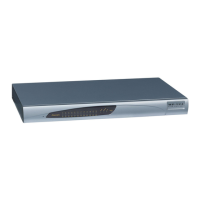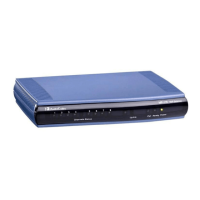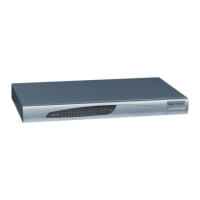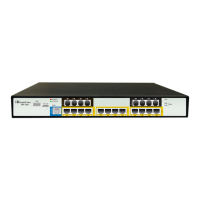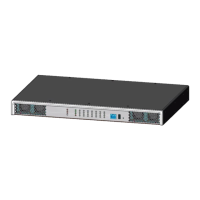Version 7.2 297 Mediant 1000B Gateway & E-SBC
User's Manual 16. Quality of Experience
16.2 Configuring Quality of Experience Profiles
Quality of Experience Profiles enable you to effectively monitor the quality of voice calls
traversing the device in your network. Quality of Experience Profiles define severity
thresholds for voice metrics monitored by the device, which if crossed can result in various
actions (discussed later in the section).
Quality of Experience is configured using two tables with parent-child type relationship. The
Quality of Experience Profile table is the parent, which defines the name of the Quality of
Experience Profile. The Quality of Experience Color Rules table is the child, which defines
severity thresholds per voice metric for the specific Quality of Experience Profile. You can
configure up to 256 Quality of Experience Profiles and up to 256 Quality of Experience
Color Rules.
Once configured, you can apply the Quality of Experience Profiles to specific calls (network
links), by assigning them to any of the following configuration entities:
IP Groups (see ''Configuring IP Groups'' on page 333)
Media Realms (see ''Configuring Media Realms'' on page 309)
Remote Media Subnets (see ''Configuring Remote Media Subnets'' on page 312)
The Quality of Experience Profile allows you to configure thresholds for the following
monitored voice metrics:
Mean Opinion Score (MOS): MOS is the average grade on a quality scale,
expressed as a single number in the range of 1 to 5, where 1 is the lowest audio
quality and 5 the highest audio quality.
Delay (or latency): Time it takes for information to travel from source to destination
(round-trip time).
Packet Loss: Lost packets are RTP packets that are not received by the voice
endpoint. Packet loss can result in choppy voice transmission.
Jitter: Jitter can result from uneven delays between received voice packets. To space
evenly, the device's jitter buffer adds delay. The higher the measurement, the greater
the impact of the jitter buffer's delay on audio quality.
Residual Echo Return Loss (RERL): An echo is a reflection of sound arriving at the
listener at some time after the sound was initiated (often by the listener). Echo is
typically caused by delay.
At any given time during a call, a voice metric can be in one of the following color-coded
quality states (as displayed by SEM):
Green: Indicates good call quality
Yellow: Indicates fair call quality
Red: Indicates poor call quality
When the threshold of a voice metric is crossed, the device changes the alarm severity and
corresponding color-coded quality state of the call:
Minor Threshold (Yellow): Lower threshold that indicates changes from Green or
Red to Yellow.
Major Threshold (Red): Higher threshold that indicates changes from Green or
Yellow to Red.
The device also uses hysteresis to determine whether the threshold has indeed being
crossed. Hysteresis defines the amount of fluctuation from the threshold in order for the
threshold to be considered as crossed (i.e., change in color state). Hysteresis is used to
avoid false reports being sent by the device. Hysteresis is used only for threshold crossings
toward a lesser severity (i.e., from Red to Yellow, Red to Green, or Yellow to Green).
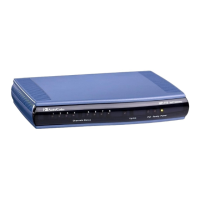
